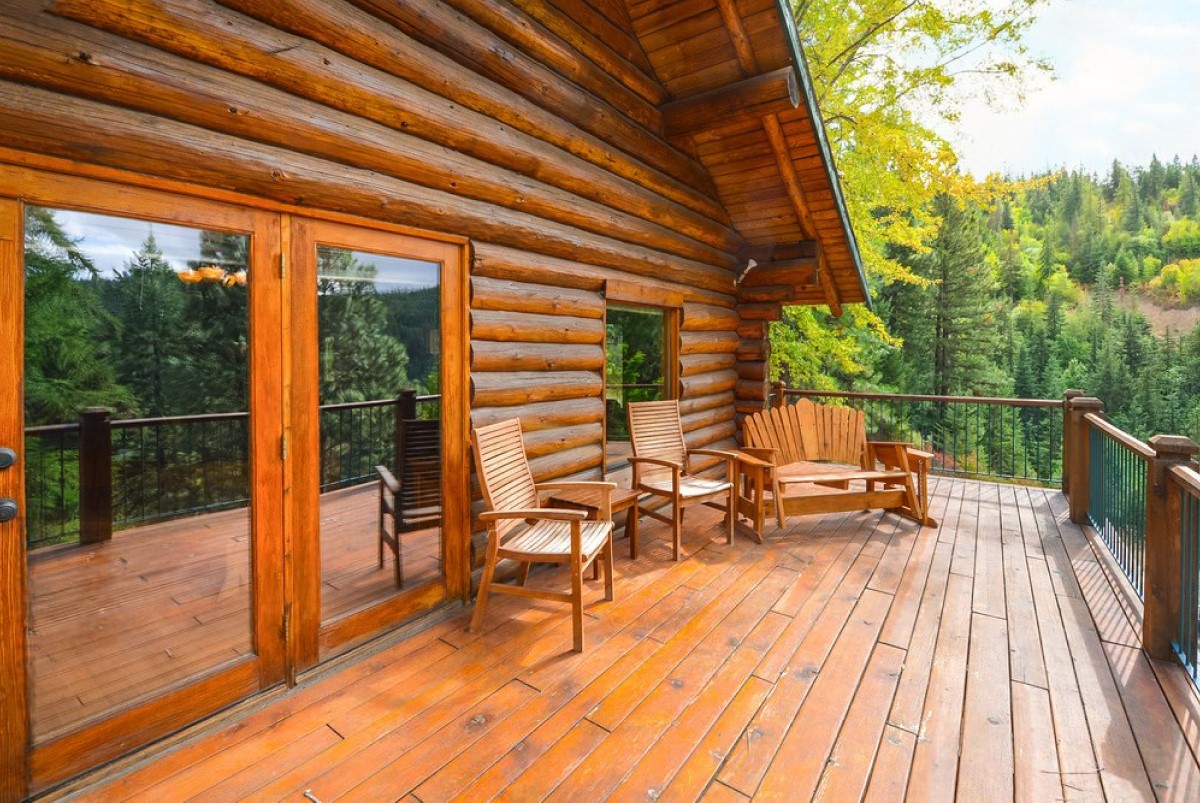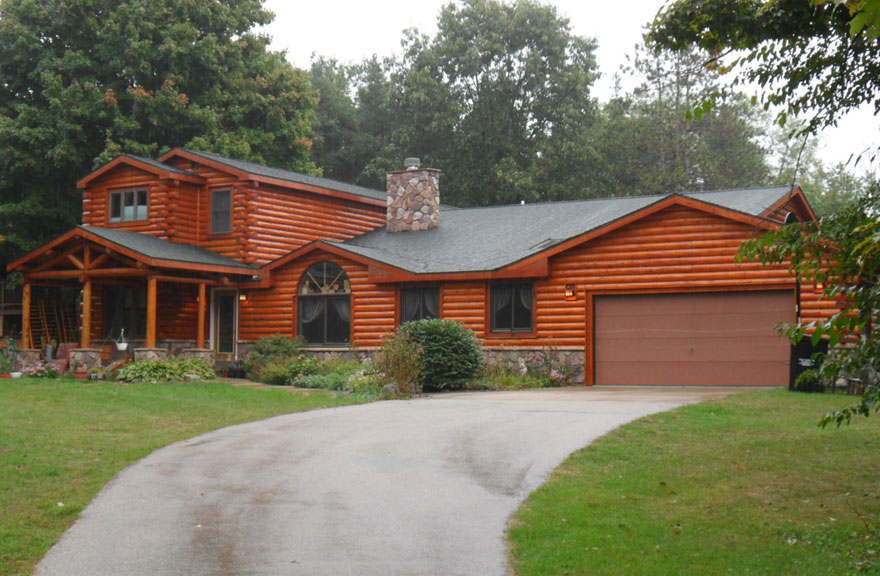Guide To Insuring Your Dream Log Wood Siding Home

Log homes and cabins should be insured like any other house. With all the natural and manmade disasters occurring in the last few years, you cannot be without it. Some critical decisions you must make include what coverages should you have, selecting a company, and buying online or from a local agent. Spend the time to shop around, and you will find the right company and agent for your wood log siding home situation.
Factors That Affect Insuring A Log Siding Home
Insuring a wood log siding home requires assessing your needs and the factors insurance companies use to determine its costs. Companies typically consider these specifics to determine if they will insure your home or cabin and calculate its premiums:
| Build a New Home | Purchase an Existing Home |
| Property Location | Property Location |
| Size of Home | Size of Home |
| Proximity to Fire Hydrant | Proximity to Fire Hydrant |
| Local Crime Rates | Local Crime Rates |
| Building Materials | Building Materials |
| Type of Construction | Types of Construction |
| Replacement Cost | Replacement Cost |
| Maintenance | Maintenance |
| Live There or Rent | Live There or Rent |
| Home Age and Condition |
Making changes to your log siding home can be seen as positives or negatives, and you should let your agent know about them. For example, adding a swimming pool may be seen as a higher risk and the insurance may cost more. Installing a security system lowers risk and can potentially lower your insurance rates.
Remember: Different insurance companies have different policies for insuring wood siding homes compared to vinyl siding or brick homes. Some companies view any type of wood siding as a higher risk and others do not. That’s why it is critical to check with at least three companies before selecting one.
What Coverages Should You Have?
 Wood log siding home insurance is almost the same as conventional home insurance with a few exceptions, such as specialized coverages and endorsements. Review this list with your agent:
Wood log siding home insurance is almost the same as conventional home insurance with a few exceptions, such as specialized coverages and endorsements. Review this list with your agent:
- Dwelling Coverage: This is the foundation of your homeowner’s policy, protecting the physical structure of your log home from various perils, such as fire, wind, hail, theft, and vandalism. Ensure your dwelling coverage is sufficient to fully rebuild your home at current market prices. The type of wood log siding used may affect the rates.
- Other Structures: This part covers the structures on your property separate from the main dwelling, such as a detached garage, shed, guest cabin, tree house, etc.
- Personal Property: Coverage in your policy that protects your belongings inside the home from covered perils and theft. Consider a personal property floater for valuable items like jewelry, artwork, or guns that might have coverage limits.
- Loss of Use: If your log home becomes uninhabitable due to a covered loss, this part pays for additional living expenses, such as renting another home while repairs are made. There will be a time limit for this coverage.
- Liability: Liability covers legal and medical expenses if you are found liable for property damage or bodily injury to someone else on your property.
- Medical Payments: This feature helps pay for minor medical expenses for guests injured on your property regardless of liability.
Ask agents if there are any specialized coverage, endorsements, or exclusion for wood log siding. If you rent out your log home, make sure the policy covers damage or theft during rental periods. Alternatively, you may need a separate landlord insurance policy if you rent the home full-time. Explore flood and earthquake insurance for your area.
“Log homes and cabins should be insured like any other house. With all the natural and manmade disasters occurring the last few years, you cannot be without it.”
How To Lower Your Log Siding Home Insurance Rates
Before you select a company and agent, research the common ways to lower your insurance rates. This is especially helpful if the insurance costs more than you expected. Study these approaches and how they can lower your rates:
- Bundle with car, truck, boat, motor home, or motorcycle insurance.
- Ask for higher deductibles to lower the cost
- Check and boost your credit score.
- Add or improve home security.
- Ask for all possible discounts.
- Make home improvements.
- Avoid small claims when problems occur.
- Ask for the least expensive way to pay for insurance.
Don’t forget to shop around for other companies if you are not satisfied with your current company and agent. Insurance agencies that represent 20 to 40 companies will make the search for you so you won’t have to.
Selecting A Company And Agent
There is no single home insurance company that is best for everyone. Consider what’s most important to you, such as customer service, mobile apps, local agents, claim handling, or discounts. Check trusted third-party ratings and reviews to create a starting list of companies. Ask family and friends which companies provided the best experiences for their log home. Do not skimp on coverage when insuring this valuable asset.
 Store Location
Store Location







